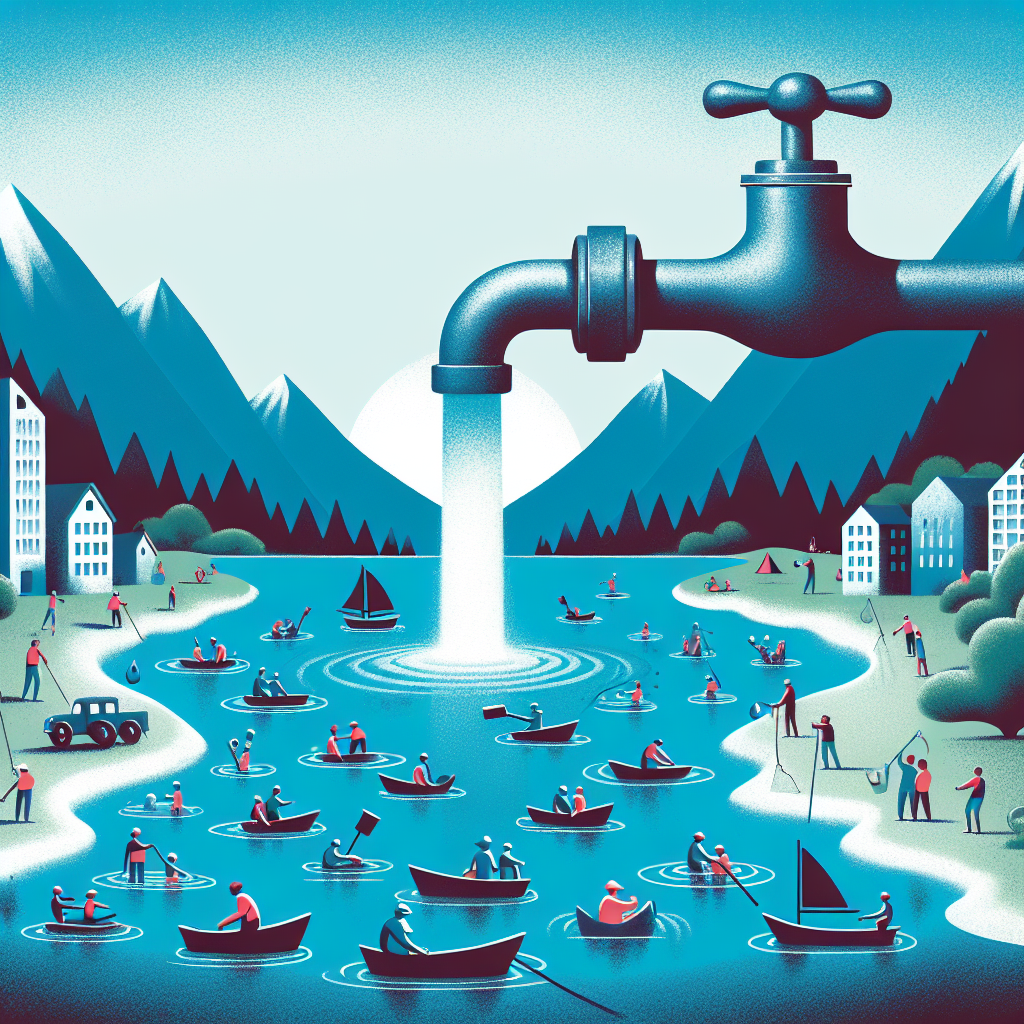When it comes to safeguarding community health, many people think of vaccinations, clean water, and proper sanitation. However, one critical area that often flies under the radar is backflow testing. This essential process ensures that potable water remains uncontaminated by any pollutants that might enter the water supply due to backflow.
What is Backflow and Why Does It Matter?
Backflow occurs when water flows in the reverse direction, potentially bringing harmful contaminants from various sources, such as irrigation systems, industrial processes, or wastewater systems, into the clean water supply. Neglecting backflow testing can lead to serious public health concerns, including outbreaks of waterborne illnesses and contamination of drinking water.
Imagine your community diligently working to maintain clean and safe water, only to have that effort compromised because of inadequate backflow prevention measures. This is a reality that many communities face when backflow testing is overlooked.
The Importance of Regular Backflow Testing
Regular backflow testing is crucial for several reasons:
Preserving Water Quality
Backflow can lead to the introduction of harmful contaminants such as bacteria, pesticides, and heavy metals into the public water supply. Regular testing ensures that these contaminants are flagged before they cause widespread health issues.
Avoiding Legal and Financial Repercussions
Neglecting backflow testing can result in hefty fines, legal liabilities, and potential lawsuits for municipalities and businesses alike. Ensuring compliance with local regulations helps protect your community from unnecessary financial burden.
Building Community Trust
Trust in public utilities is vital for community relations. Regular backflow testing demonstrates a commitment to maintaining high health standards, thereby fostering a positive relationship between residents and local authorities.
The Consequences of Neglect
Public Health Risks
Many people are unaware that contaminated water can be a vector for diseases such as giardiasis, E. coli infections, and even cholera. Vulnerable individuals—such as seniors, young children, and those with compromised immune systems—are particularly at risk.
Environmental Impacts
The repercussions of backflow aren’t limited to human health. When toxic substances enter the water supply, they pose a significant threat to local ecosystems. Fish, plants, and wildlife can suffer from the introduction of harmful chemicals and pollutants, disrupting the natural balance of the environment.
Economic Costs
The financial implications of water contamination can be staggering. From healthcare costs associated with treating illnesses to expenses incurred from cleaning and repairing water systems, communities that neglect backflow testing can face significant economic challenges.
Taking Action: How Communities Can Prioritize Backflow Testing
Educate Residents
The first step in tackling the hidden risks of backflow is to raise community awareness. Host workshops and distribute informative materials detailing how backflow occurs and the potential dangers that neglecting testing poses.
Establish Regular Testing Protocols
Local municipalities should implement a robust backflow testing schedule, ensuring that residential and commercial properties are compliant. Partnering with licensed professionals who specialize in backflow prevention can streamline this process.
Advocate for Policy Changes
Encourage local policymakers to prioritize water safety by introducing stricter regulations and penalties for non-compliance regarding backflow testing. Legislative advocacy can drive long-term change that protects community health.
Conclusion: A Call to Action for Community Well-Being
The hidden dangers of neglecting backflow testing can have a far-reaching impact on community health, the environment, and local economies. It’s crucial for residents and local authorities to collaborate in raising awareness, implementing regular testing protocols, and advocating for preventive measures.
By prioritizing backflow testing, we can protect our most precious resource—clean, safe drinking water—for generations to come. Let’s not wait for a crisis to take action. Let us unite in ensuring our community remains vibrant and healthy, free from the hidden perils that linger in our water systems. Together, we can make a difference!


